LESSON 3: VISUAL ARTS
1/30
There's no tags or description
Looks like no tags are added yet.
Name | Mastery | Learn | Test | Matching | Spaced |
|---|
No study sessions yet.
31 Terms
artist
- often restricted to a person working in the fine arts (such as paintings, sculptures, or printmaking) and not the handicraft, craft, or applied art media.
art school
made a distinction between the fine arts and the crafts.
Art as representation
- aristotle
- was not against literature as such; he stated that human beings are mimetic beings, feeling an urge to create texts art that reflect and represent reality.
- is not only imitation but also the use of mathematical ideas and symmetry in the search for the perfect, the timeless, and contrasting being with becoming.
Example: Imagine a sculpture that's perfectly shaped, or a building with beautiful, even columns. That's not just copying—it's using math and design to make something feel just right and peaceful.
art for art sake
- Emmanuel Kant
- the beauty possessed by the object is necessary, and that agreement as to the beauty would be universal.
- the status of aesthetic judgment is not empirical but logical, based upon the powers of human reason and rationality.
Example: Think of a beautiful sunset. You might say, "Wow!" and so might your mom, your friend, and even a stranger. Kant believed that true beauty makes most people feel the same way inside—even if no one says it out loud.
industrial design
graphic design
fashion design
interior design
decorative design
(5) included within the visual arts are the applied arts such as:
Art as Mimesis
- Plato
- all artistic creation is a form of imitation; that which really exists, in the 'world of ideas.'
- The concrete things man perceives in his existence are supernatural representations of this ideal type. Therefore, the painter, the tragedian, and the musician are imitators of an imitations, twice removed from the truth.
Imagine:
You draw a picture of a tree. The tree is real, but your drawing is just a copy of it.
Mimesis
- mimos (greek word) meaning to imitate
- The term carries a wide range of meanings, which include imitation, representation, mimicry, imitation, receptivity, the act of resembling, the act of expression, and the representation of the self.
fine arts
contemporary arts
decorative arts and crafts
(3) visual arts
decorative arts and crafts
- ceramic and studio pottery, mosaic art, mobiles, tapestry, glass arts, and others.
Example: A beautifully designed plate you can eat from, or a colorful basket that holds fruit.
fine arts
- refers to an art form practiced mainly for its aesthetic value and its beauty rather than its functional value.
Example: A painting of a sunset on your wall. You don't use it for anything—it's just there to look nice and make you happy.
Contemporary Arts
- The visual arts also include a number of modern art forms, such as assemblage, collage, mixed-media, conceptual art installation, happenings, and performance arts, along with the film based disciplines such as photography, video art, and animation, or any combination thereof.
Example:A painting made last year that shows how people feel about using phones all the time.
Primary Sources
Secondary source
(2) sources of subject of art
representational or objective
non-representational or non-objective
(2) types of subjects
Emmanuel Kant
- "Beauty is that which, without any concept, is recognized as the object of necessary satisfaction."
the subject of art
- To a majority of people, the appeal of most works of art lies in the representation of familiar subjects.
- the satisfaction they get out of recognizing the subject or understanding the narrative content.
- refers to any person, object, scene or event described or represented in a work.
Example:
Let's say two people look at a painting:
One painting is just random colors splashed everywhere.
The other painting shows a mother holding a baby.
(Most people would probably say they like the second one more because they understand the subject: it's something real and emotional.)
Nature
History
Greek and Roman Mythology
Religion
Sacred Oriental Texts
5 (sources of art subjects)
still life
These are groups of inanimate objects arranged in an indoor setting
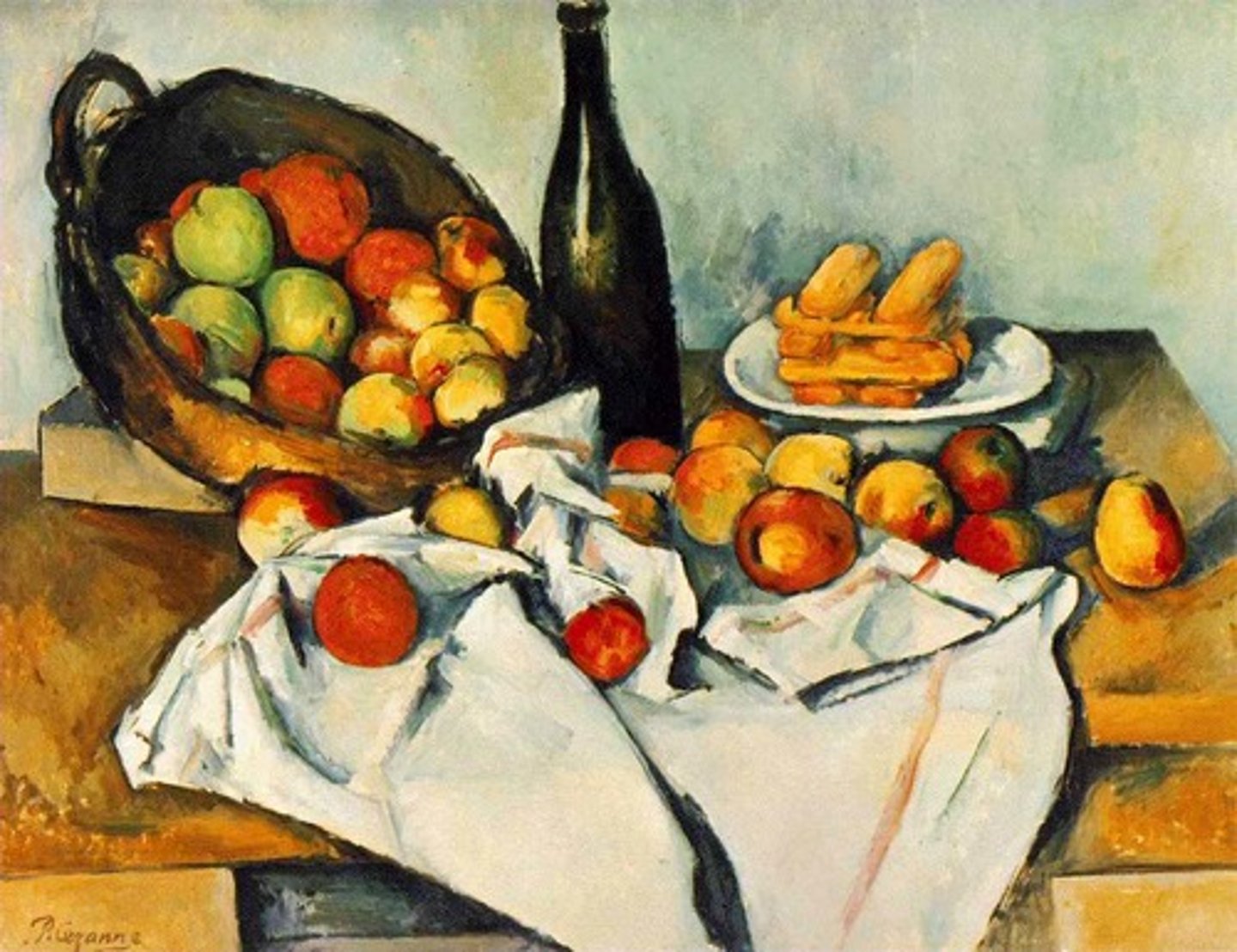
Landscapes, Seascapes, and Cityscapes
Artists have always been fascinated with their physical environment.
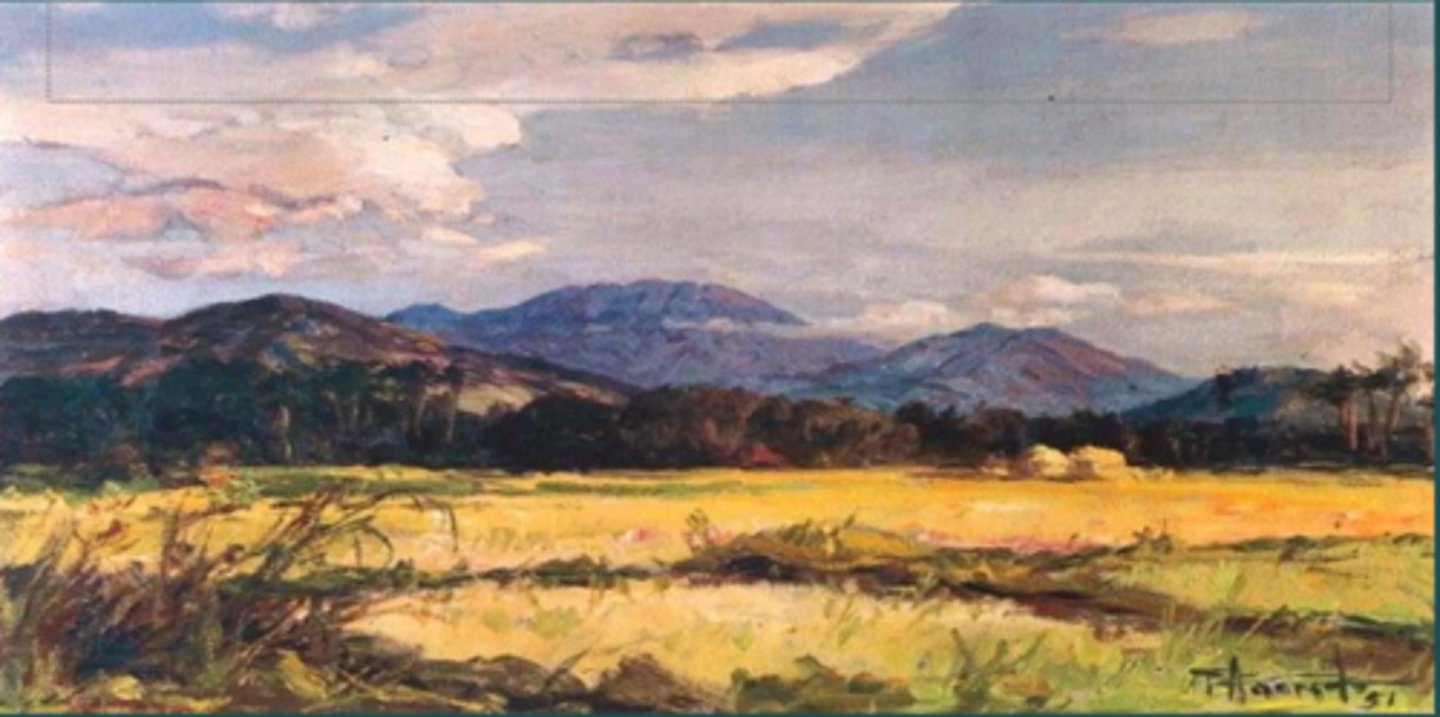
portraits
- these are realistic likeness of a person in sculpture paintings drawing or print
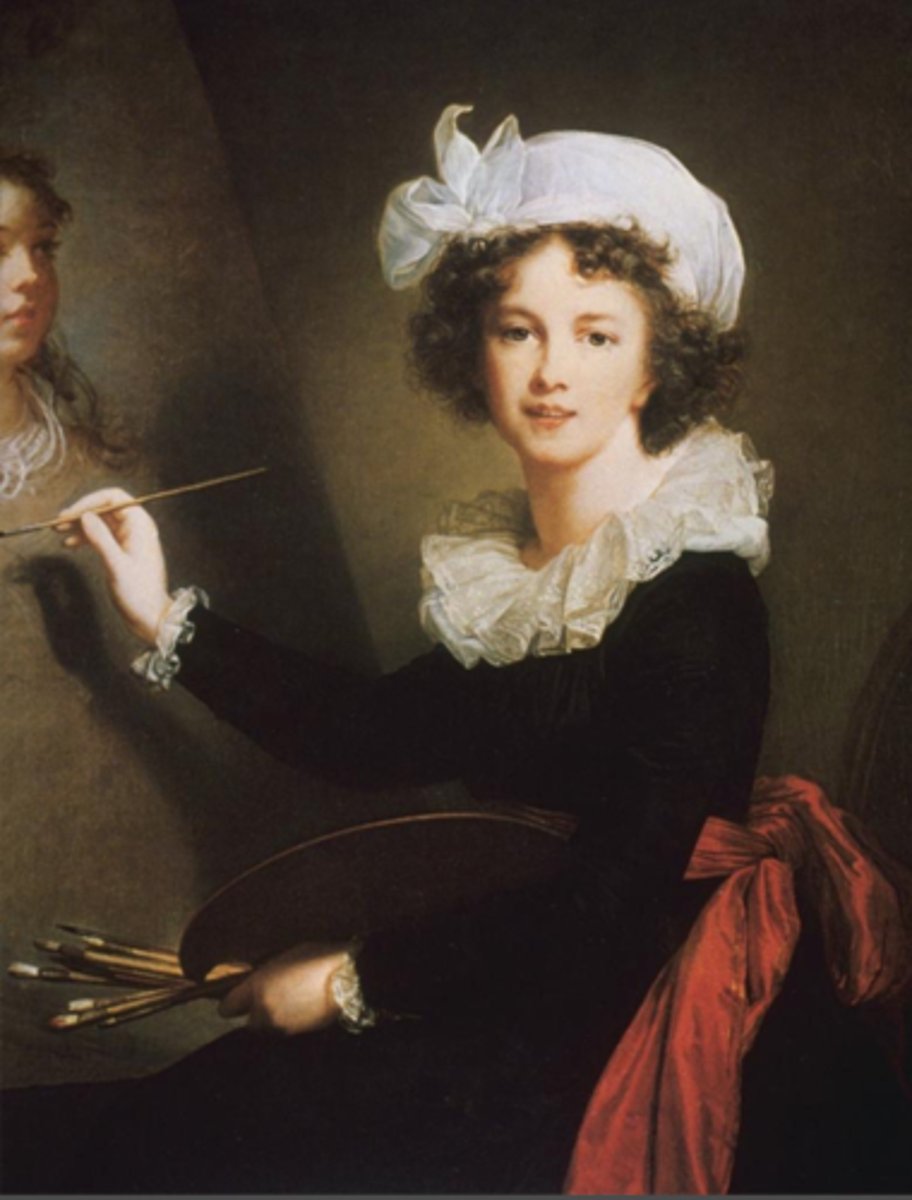
figures
- The sculpture's chief subject has traditionally been the human body, nude or clothed.
- The body's form, structure, and flexibility offer the artist a big challenge to depict in variety of ways.
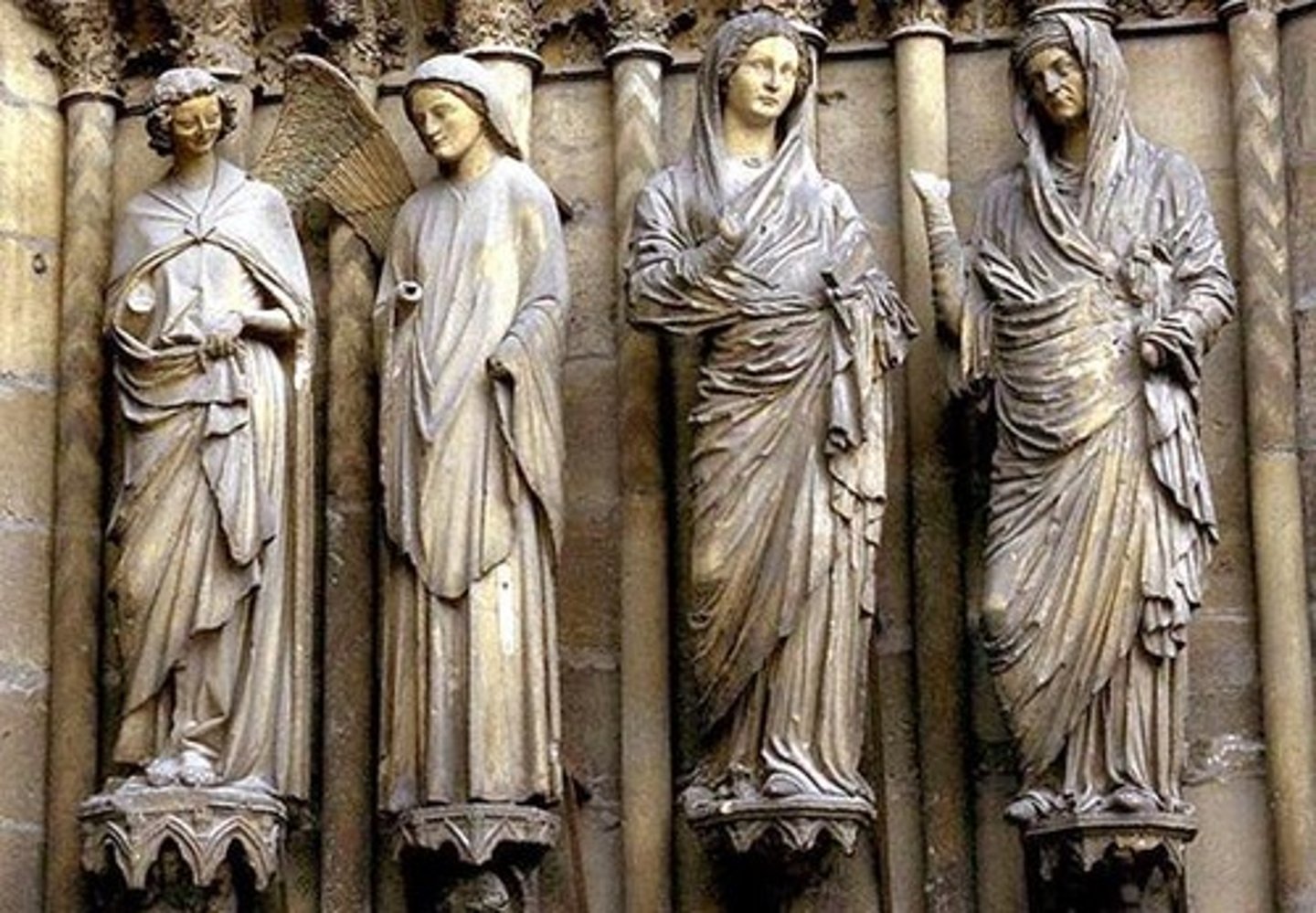
everyday life
observation of people going about their usual ways and performing their usual tasks.
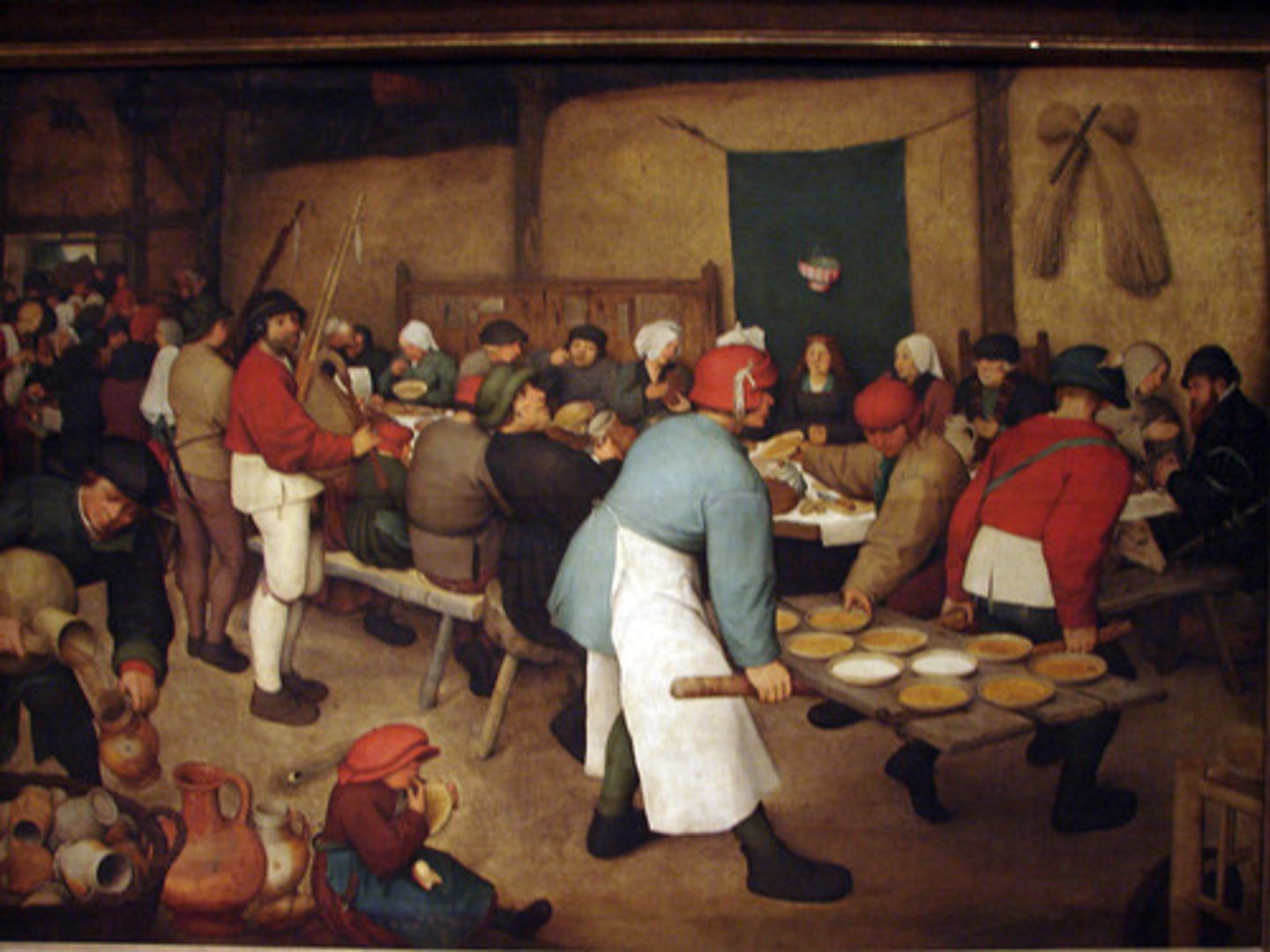
Religion and Mythology
Most of the world's religions use the arts to aid and worship, to instruct, to inspire feelings of devotion, and to impress.
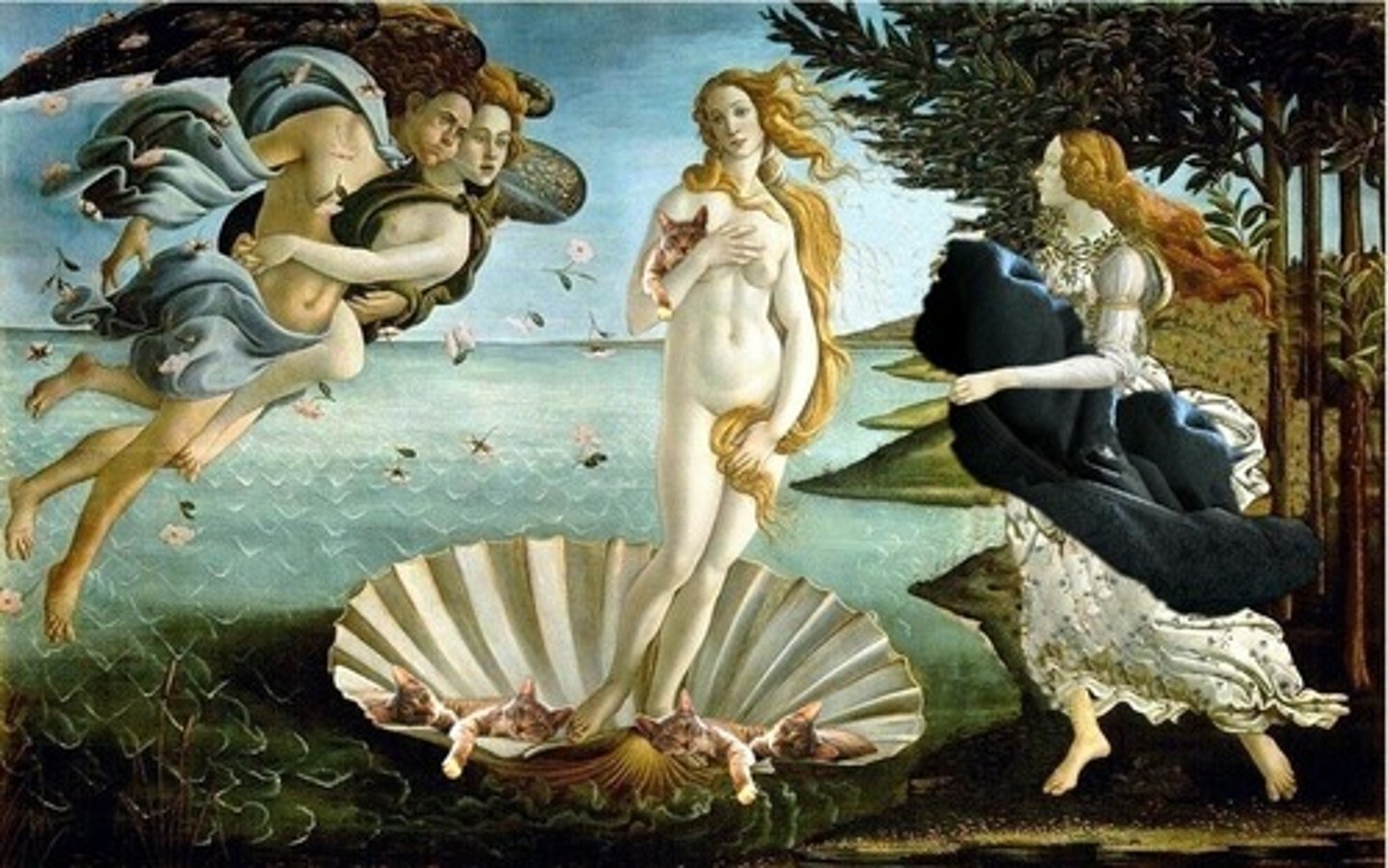
still life
landscapes, seascapes, and cityscapes
animals
portraits
figures
everyday life
history and legends
religion, mythology
dreams and fantasies
(9) kinds of subjects
factual meaning
- the literal meaning or the narrative content, or the work.
- Objects presented are easily recognized.
ex: Stones, rivers, house, histories, recorded later
Conventional Meaning
refers to the special meaning that a certain object or color has in a particular culture or group of people.
ex: flag symbols of a nation, religious symbols
Subjective Meaning
- any personal meaning consciously or unconsciously conveyed by the artist using a private symbolism which stems from his own association of certain objects, actions or colors with past experiences.
ex: An artist paints a small, blue bird sitting alone on a tree branch.
To most people, it just looks like a pretty bird.
But to the artist, that blue bird represents their childhood loneliness, because when they were little, they used to watch birds alone at the park when they felt sad.
non-representational or non-objective
- These are those arts without reference to anything outside themselves.
- It has no recognizable object.
- it is abstract; it does not represent real objects
- It is content and concerned with how the artwork is depicted
representation arts or figurative arts (objective)
- represents objects or events in the real world, usually looking easily recognizable.
- it uses form and is concerned with what is to be depicted in the artwork.
Visual Arts
- are art forms that create works that are primarily visual in nature, such as ceramics, drawing, paintings, sculptures, printmaking, designs, crafts, photography, video, film making and architecture.
Art for Art Sake (Kant)
- Beauty, for Emmanuel Kant, “ that which without any concept is recognized as
the object of necessary satisfaction”.
- The beauty possessed by the object is necessary and that agreement as to the
beauty would be universal.
Example: A painter creates an abstract work just because they find the colors and shapes beautiful — not to send a message or tell a story.
Art as Representation (Aristotle)
also defined mimesis as the perfection and imitation of nature.
Art is not only imitation but also the use of mathematical ideas and symmetry in the search for the perfect, the timeless, and contrasting being with becoming.
Nature is full of changes, but art can also search for what is everlasting
he stated that human beings are mimetic beings, feeling an urge to create texts art that reflect and represent reality.
Example: A play might show a fictional king’s downfall. It’s not a real king, but it represents real patterns of ambition, pride, and consequence in life.